
What Is DeFAI: A Comprehensive Guide To AI In Decentralized Finance
Author

Author

We used to be well-acquainted with the term Defi or Decentralized Finance, which gave us the power to manage our money without relying on financial institutions. Its ability to bypass traditional intermediaries like banks and offer open, permissionless financial services to anyone with an internet connection, has made it a cornerstone of the Web3 revolution.
However, as the ecosystem grows more complex and user expectations evolve, a new player (Artificial Intelligence) is stepping in to elevate DeFi’s potential even further. The fusion of AI and Defi has brought about a very powerful tool in the financial landscape known as DeFAI (Decentralized Finance Artificial Intelligence).
Born out of the need to enhance the efficiency, intelligence, and accessibility of decentralized financial systems, DeFAI is the next evolutionary step in blockchain-based finance. It combines the decentralized architecture of DeFi with the adaptive, data-driven capabilities of Artificial Intelligence. This emerging DeFAI space is not just reshaping finance; it’s redefining how we interact with it.
At its core, DeFAI allows financial protocols to learn from real-time data, predict market trends, automate complex decisions, and respond dynamically to user behavior, all without human intervention or centralized oversight. This means smarter lending platforms, more efficient decentralized exchanges, intelligent risk assessments, and highly personalized financial services, all running on code.
DeFAI’s early days were a mess. Most platforms and DeFAI projects were experimental, riddled with bugs, and lacked real-world utility. Platforms like Uniswap and Aave unlocked borderless finance, but fragmented data and manual processes held them back. Traders had to juggle between isolated exchanges with inconsistent liquidity and pricing, making real-time decisions difficult. This was evident in the 2022 Terra’s crash, wiping out over $2 billion in liquidation. Basic algorithms weren’t smart enough to react, and that is where DeFAI Agents come in. Here are a few real-world use cases of DeFAI;
Real-Time Risk Management: Instead of waiting for disaster to strike, a DeFAI agent is proactively monitoring market behavior 24/7. They tap into decentralized data providers like Chainlink, aggregating real-time feeds from multiple chains, such as Ethereum, Solana, BNB Chain, and more. And the moment it detects an imbalance, it can adjust a user’s position on their behalf, optimizing for better returns with zero delay.
A great example of this in action is Lync. It employs AI agents in DeFAI to continuously monitor user portfolios across multiple chains. By analyzing real-time data, Lync’s system can automatically rebalance assets, ensuring optimal exposure and mitigating potential risks.
Personalized Portfolio Optimization: Managing a DeFi portfolio can be overwhelming, especially with the rapid pace of market changes. DeFAI agents act like personal financial assistants, continuously analyzing market conditions and adjusting portfolios to align with individual investment goals and risk tolerances. By automating these processes, users can achieve optimal yields without constant manual intervention.
Platforms like ChainGPT and Griffain are already offering robo-advisors that help users automate investment decisions across chains like Ethereum, Solana, and BNB. However, Lync takes it a step further. Its DeFAI-driven platform provides users with tailored investment strategies. By assessing user behavior and market trends, its system suggests optimal asset allocations and automatically adjusts portfolios to maximize returns.
Smart Contract Audit and Security: Since 2020, DeFi protocols have suffered losses exceeding $15 billion due to hacks and exploits. This highlights the urgent need for smarter, faster security solutions, and that’s where AI steps in. A good example is Forta Network that uses machine learning to continuously scan smart contracts and monitor on-chain activity for suspicious behavior, such as sudden liquidity withdrawals or unusual token transfers. Moreover, Lync also incorporates these AI-driven systems 24/7 to catch threats before they can cause damage and drastically reduce the time it takes to identify vulnerabilities compared to manual audits.
Smarter Dex Trading: DEX traders have long battled issues like slippage, front-running, and poorly timed trades. That’s where AI changes the game. By predicting liquidity shifts and modeling trade outcomes before execution, DeFAI brings a level of foresight previously unavailable. Lync’s DeFAI-powered platform takes this even further—scanning across multiple decentralized exchanges to identify the most efficient trading routes in real time. It weighs factors like liquidity depth, gas fees, and market volatility to minimize slippage and boost returns. The result? Faster, smarter, and more profitable trades with less guesswork.
As DeFAI continues to evolve, it promises to completely transform how users interact with decentralized finance. This next-generation financial layer isn’t just about automation, it’s about intelligence. We’re talking about systems that learn, adapt, and evolve with each transaction, user behavior, and market shift.
The future of DeFAI will likely be shaped by these key trends:
DeFAI is poised to make personalized finance a standard. We’ll see DeFi protocols that automatically tailor services. Be it lending rates, yield farming strategies, or asset allocations, based on individual preferences, historical behavior, and real-time market data.
Tomorrow’s DeFAI platforms will do more than detect risk—they’ll respond to it automatically. Think of self-healing protocols that patch smart contract vulnerabilities, mitigate flash loan attacks, or rebalance liquidity pools in seconds.
Imagine a DAO where decisions aren’t just voted on by token holders but are also informed by data-driven AI analysis. That’s where DeFAI is headed. Towards smarter governance that fuses human intent with machine precision.
As multi-chain ecosystems become the norm, DeFAI agents will need to operate seamlessly across networks. They’ll bridge data, liquidity, and intelligence from Ethereum, Solana, BNB Chain, Arbitrum, and beyond—enabling smarter decisions that span the entire DeFi landscape. Some of these systems may run on a native DeFAI token or DeFAI coin, acting as the fuel that powers multi-chain intelligence.
As DeFAI applications scale, robust DeFAI infrastructure & platforms will become the backbone of intelligent finance. These platforms will modularize DeFi functions—like lending, swaps, staking, and data analytics—while AI handles dynamic decision-making. Builders will tap into plug-and-play frameworks that drastically reduce development time while improving protocol intelligence.
The convergence of AI and DeFi isn’t just a trend, it’s a paradigm shift. DeFAI is not only addressing the limitations of early DeFi but also unlocking powerful new possibilities: smarter automation, greater accessibility, and safer decentralized systems.
As more users enter Web3 and financial complexity grows, the demand for intelligent, user-centric DeFi tools will only increase. DeFAI is set to redefine how we experience finance, making it smarter, more secure, and more human-centric than ever before.
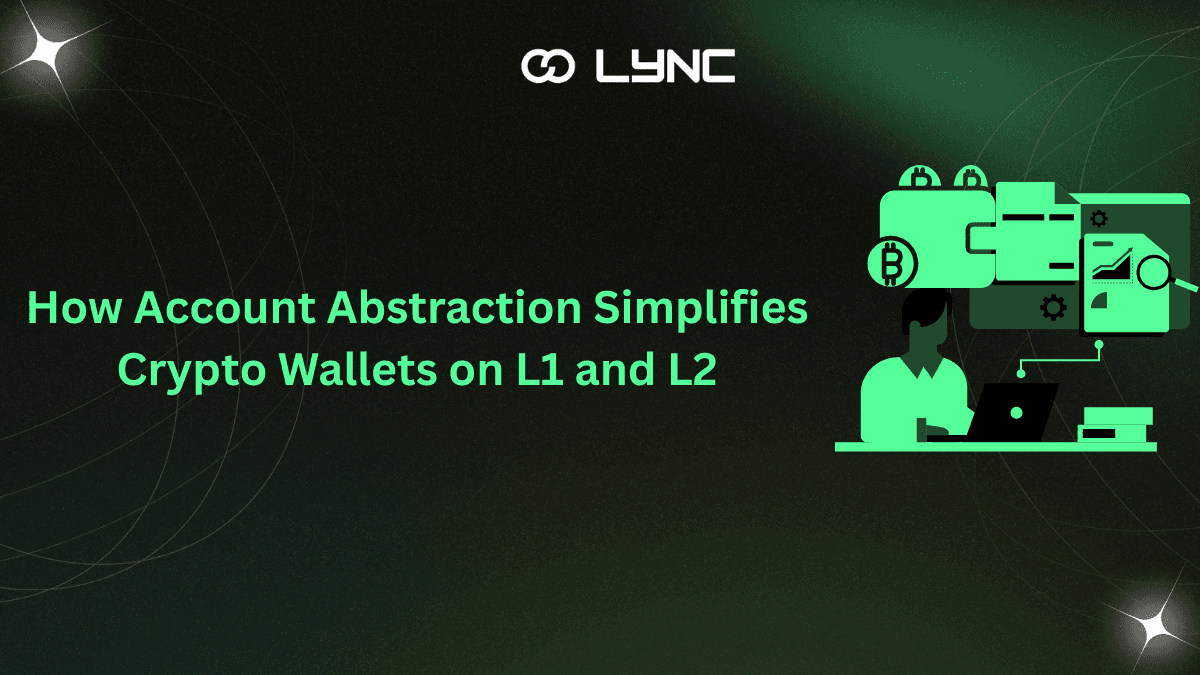
July 28, 2025
Crypto wallets have long felt like those remote controls with 50 buttons, but you only know what five of them do. While the tech-savvy might enjoy the complexity, most everyday users just want to send, receive, and store crypto without...
Author
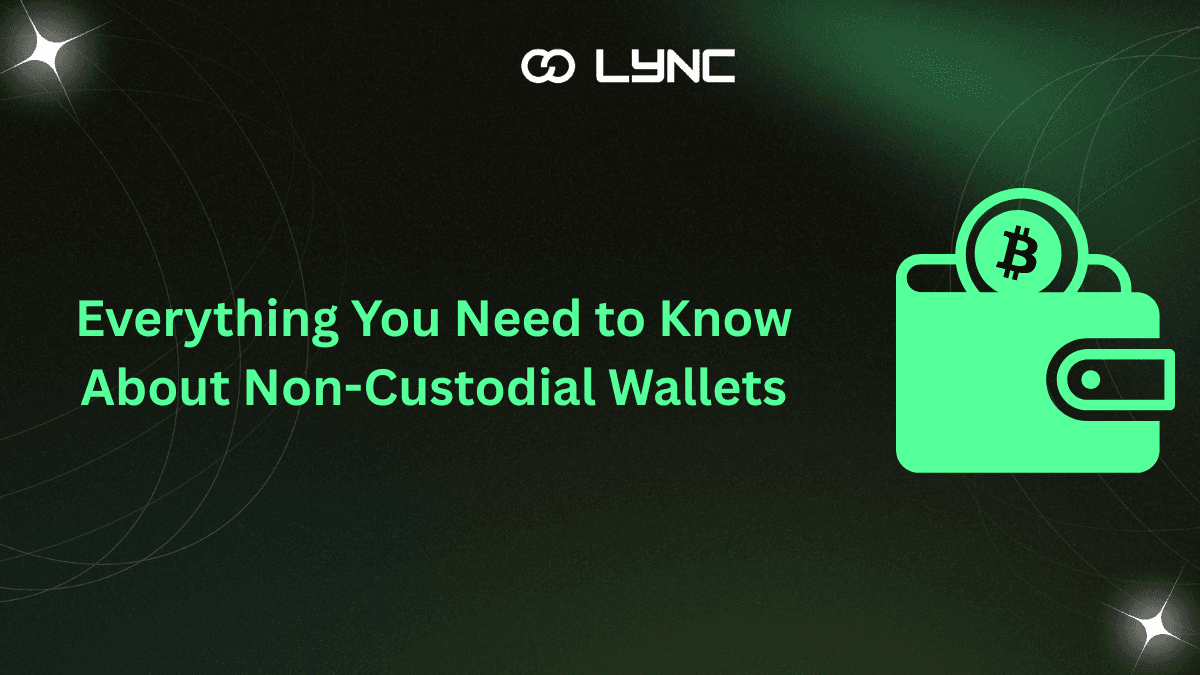
July 25, 2025
Web3 is all about putting control back in your hands and non-custodial wallets are a great place to start. These special wallets give you full control over your digital assets, without relying on banks, exchanges, or middlemen. If you’ve heard...
Author

July 24, 2025
As Web3 continues to evolve, blockchain networks like Aptos are gaining momentum for their speed, scalability, and developer-friendly design. Yet one major hurdle still stands in the way of mass adoption: gas fees. Whether you’re minting an NFT, sending tokens...
Author
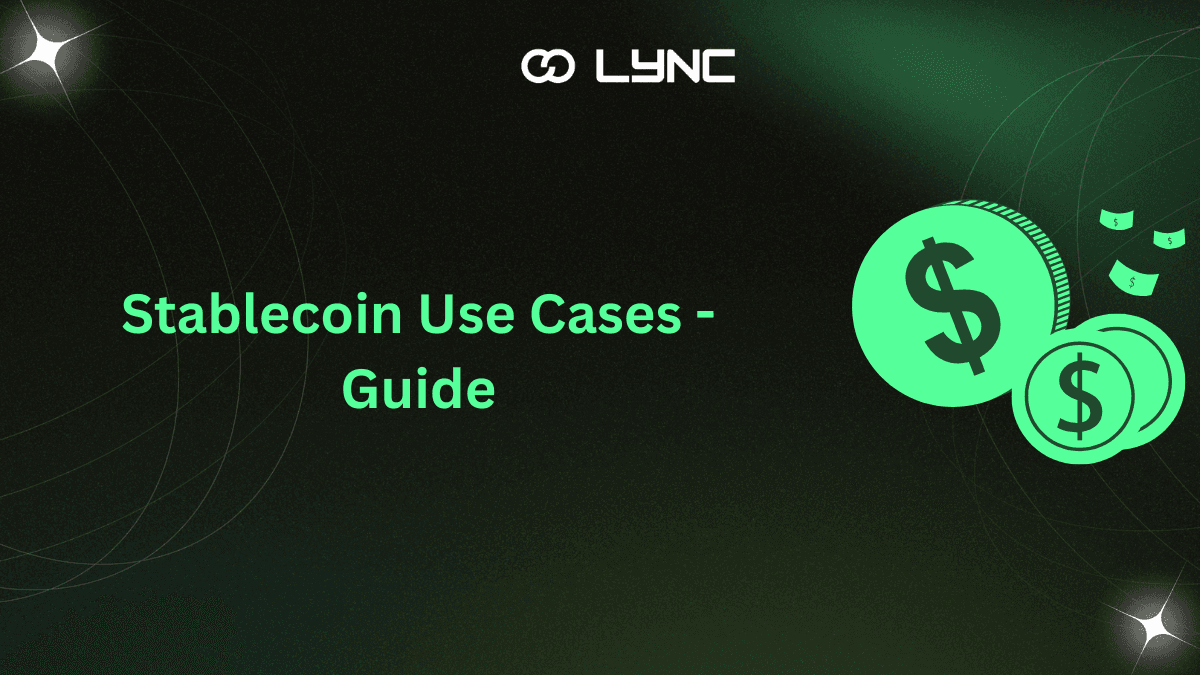
July 23, 2025
Sending money across borders isn’t as simple as it sounds. Your local bank can’t just send funds directly to someone in Korea. It has to go through a chain of other banks, called correspondent banks, to get there. Each bank...
Author
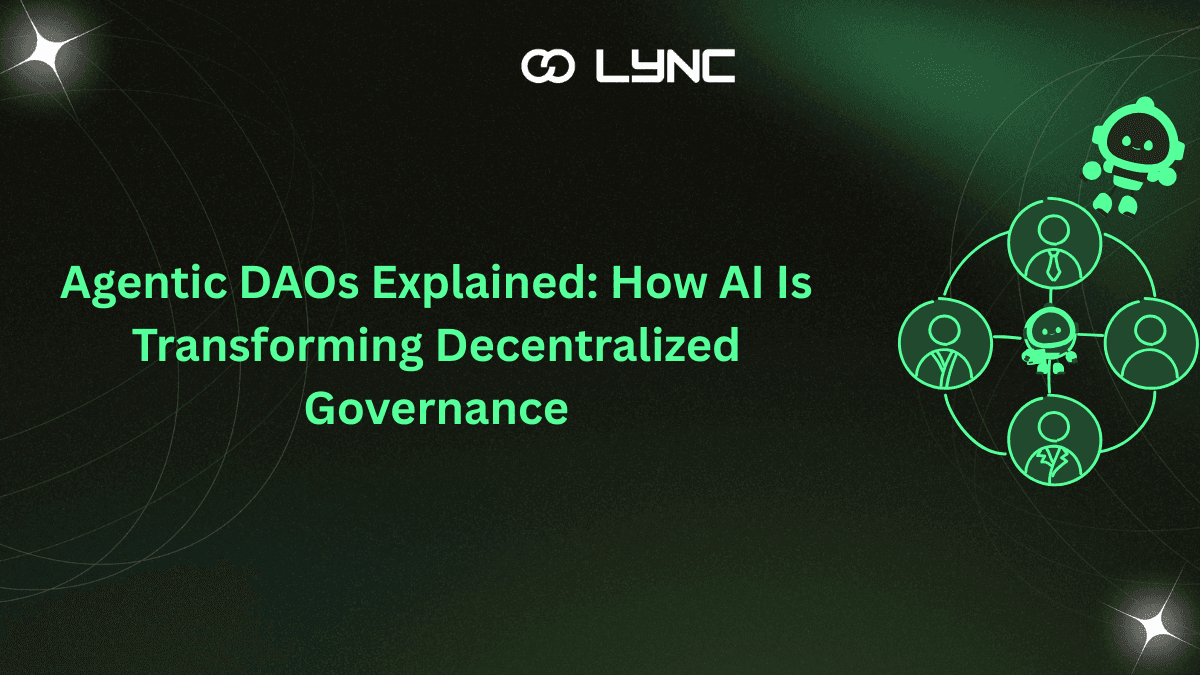
July 22, 2025
Web3 is changing fast, and one of the most fascinating new developments is the rise of Agentic DAOs. These are decentralized organizations where AI agents help run the show. Unlike traditional DAOs, where decisions rely solely on the votes of...
Author
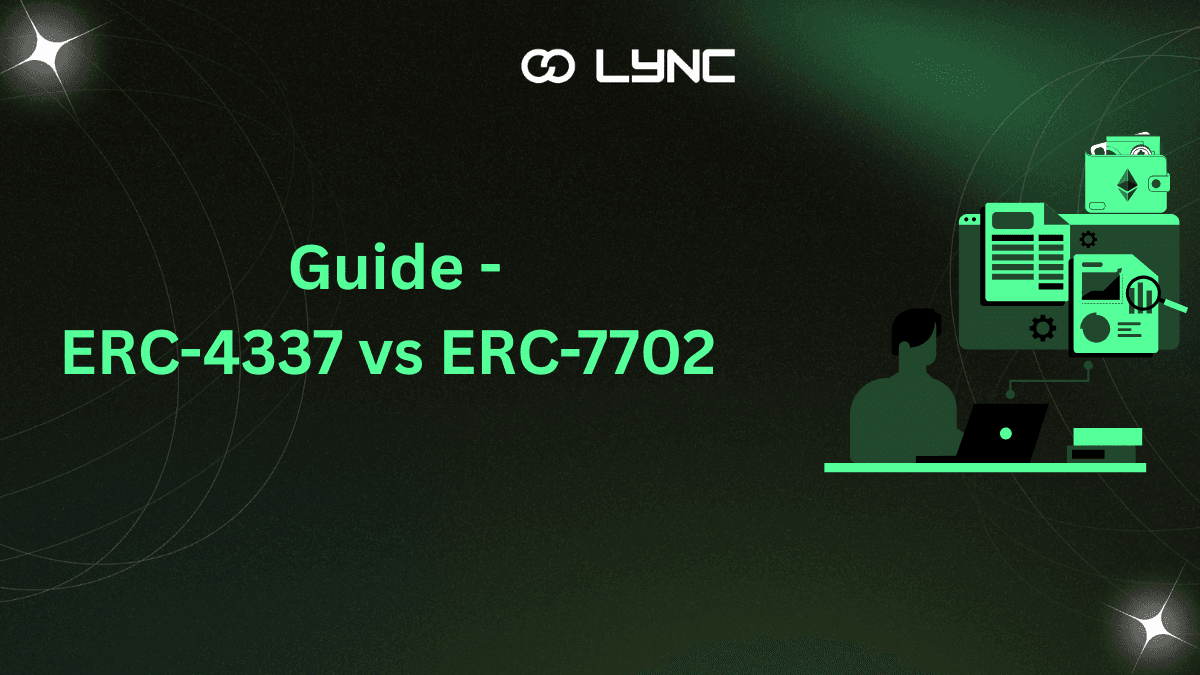
July 21, 2025
Ethereum is evolving fast, and two important updates leading the way are ERC-4337 and ERC-7702. These new standards are changing how wallets work, making them smarter, more secure, and easier to use. ERC-4337 is already live, powering smart wallets with...
Author
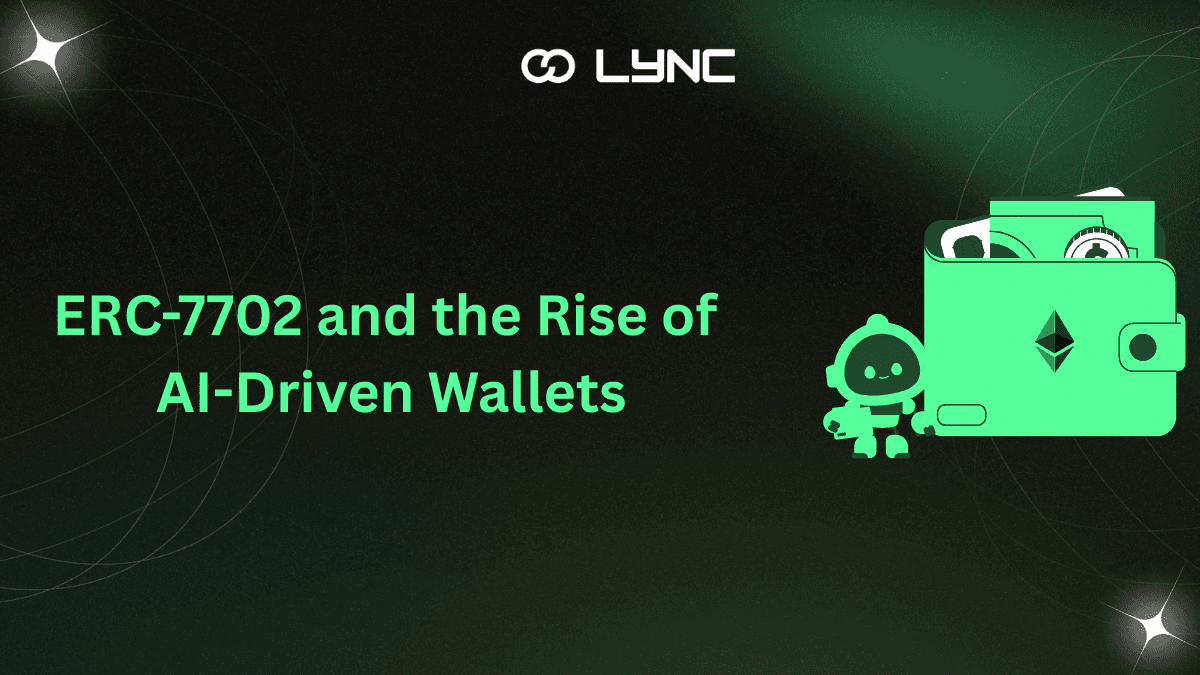
July 18, 2025
If you have ever used a crypto wallet before, you might have an idea of how tricky it could be, particularly if you are still not used to the cryptospace. But there’s some good news. There’s a new Ethereum standard...
Author
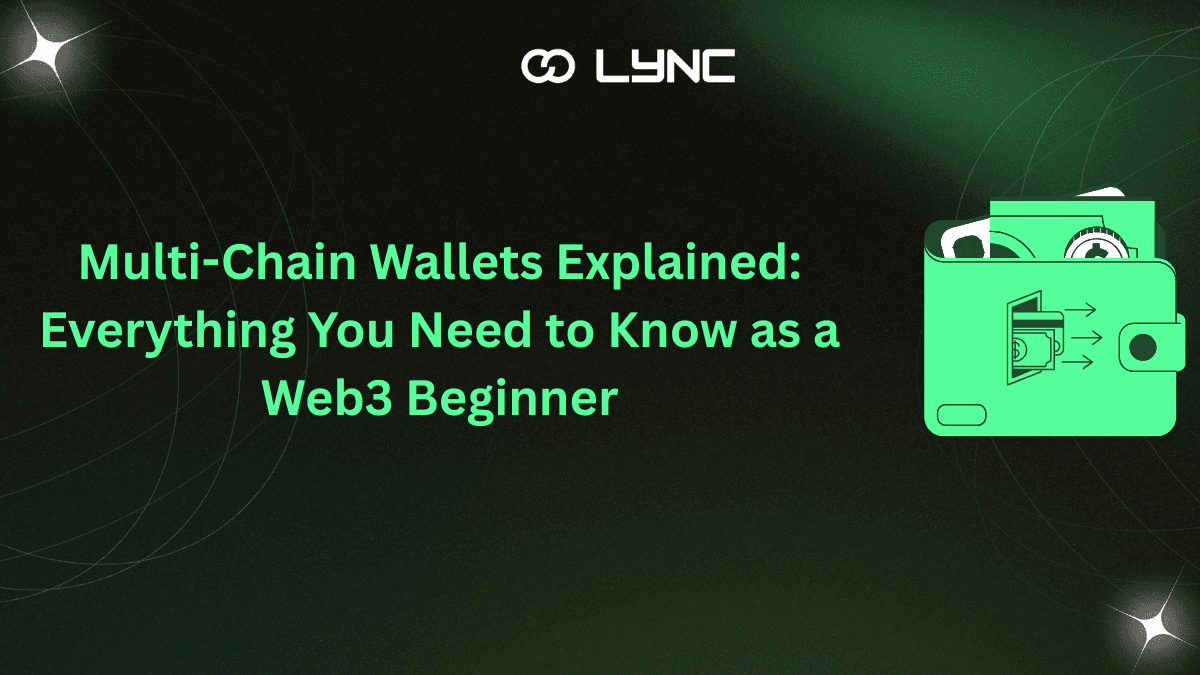
July 17, 2025
If you’re stepping into the world of crypto, there’s a good chance you’ve come across more than just Bitcoin and Ethereum. From Polygon to Solana, Avalanche to zkSync, the blockchain universe is expanding at lightspeed. With it, a simple question...
Author
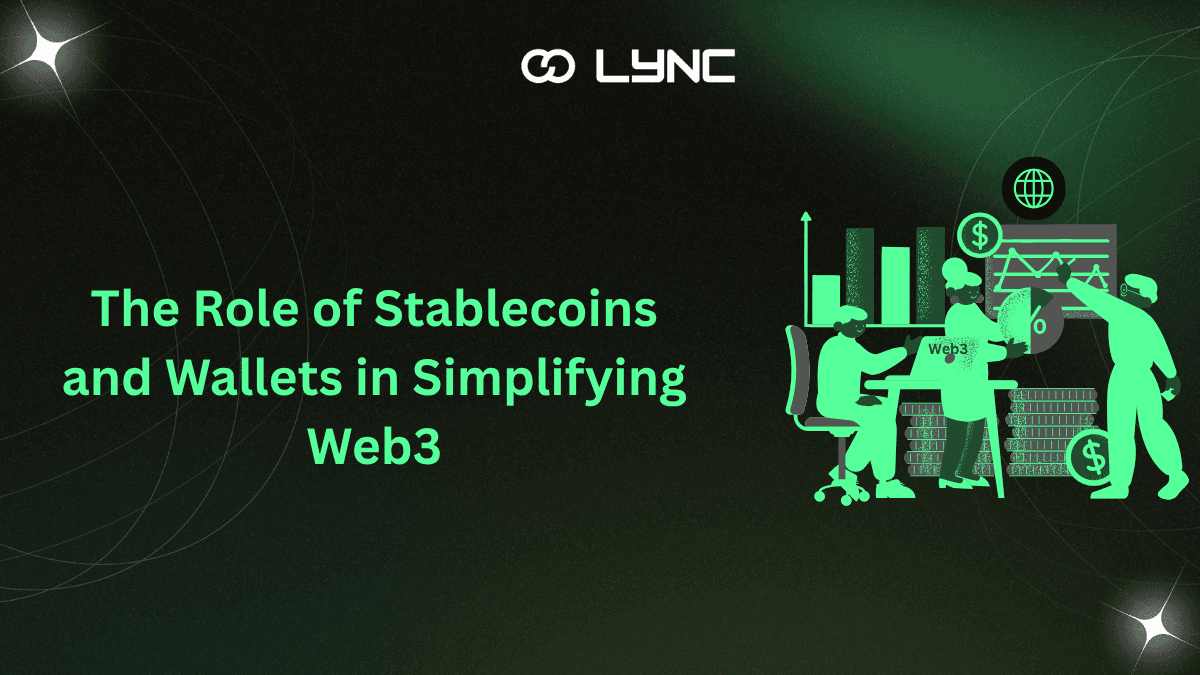
July 16, 2025
Let’s face it: the world of Web3 can feel like stepping into a science fiction novel. Between NFTs, DAOs, Layer 2s, and private keys that vanish if you sneeze too hard, it’s no wonder many people are still standing at...
Author
Unlock special content and connect with others.
Join our community today!




